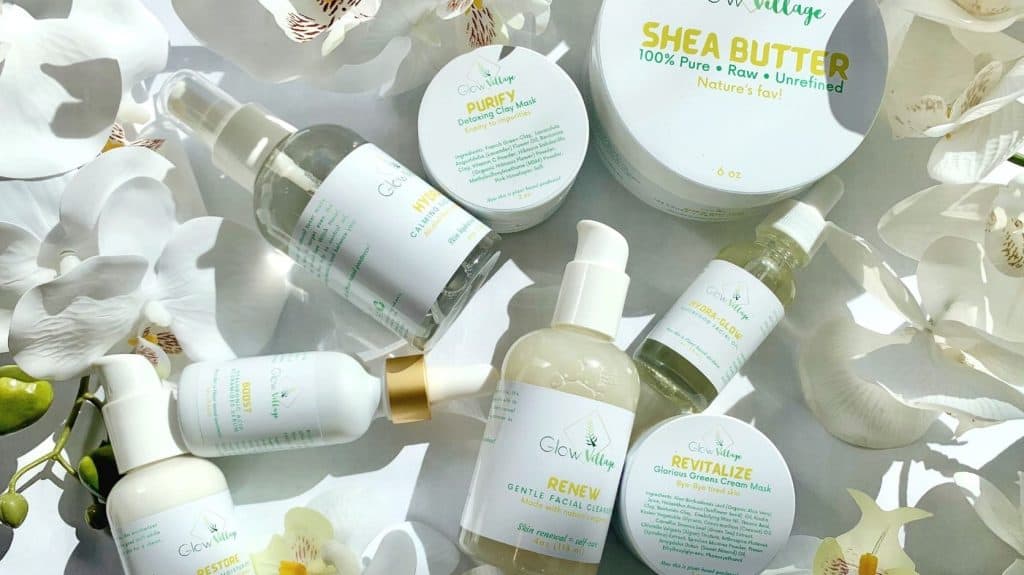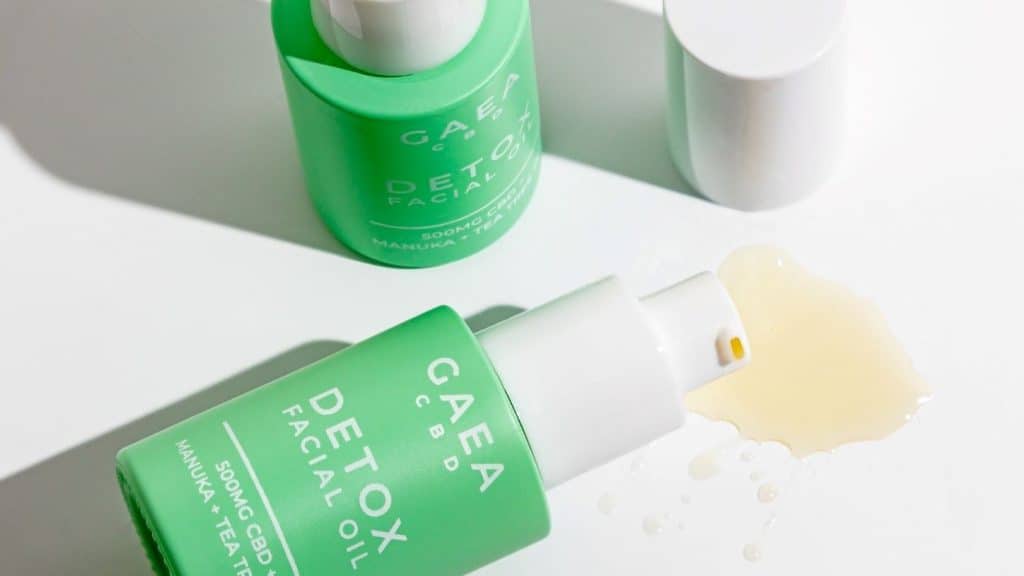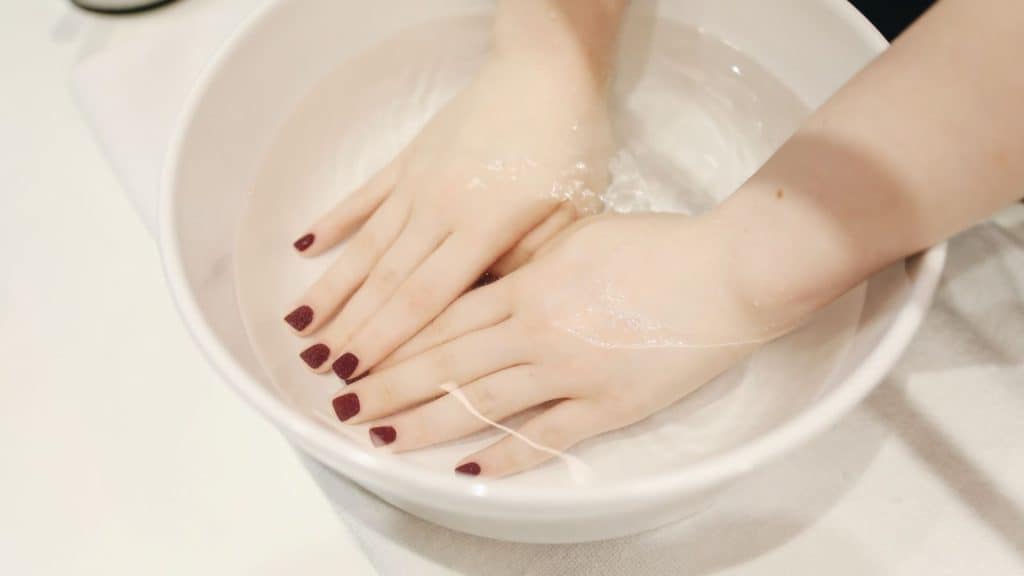How to Make and Ship Skincare Products

Manufacturing and planning the logistics for skincare products require a lot of effort.
From making sure that your ingredients are safe for use in cosmetics and determining the cost of packaging and shipping to determining how much it will cost to manufacture your products and brainstorming on packaging designs, a skincare brand entrepreneur should be ready to take countless complex decisions before the launch:
- Keeping track of your inventory so that you can avoid overstocking.
- Making sure that your packaging is durable and attractive so that customers will be more likely to buy from you once they see how cute your products are.
- If selling a product with multiple parts, then making sure that all of them are included in each order so that the customers get a coherent experience with each purchase.
- Sending out important emails and newsletters to build customer relations.
All these are just a few examples of the fires you will be responsible for putting out when making and shipping your skincare products. But fret not!
While all this might feel daunting, let’s discuss the basics of managing the production and logistics of skincare products if you are seriously considering starting your own skincare line.
Aventive Studio is a health, wellness & skincare branding agency that helps our clients make more product sales. We can create the perfect visual brand for your skincare business. Learn about our skincare rebranding & packaging design services here.

Creating a Line of Skincare Products
When you decide to start a skincare line, you have the choice of either doing everything from scratch or basing your new brand on an existing business.
In other words, you can choose between private labeling and white labeling. Both have their sets of pros and cons, which we have discussed in detail in another article.
But to put it briefly, private labeling is when you decide to create your own formulas, packaging, brand assets, and supply chain from scratch, without any external interferences or obligations.
All decisions in a private-label skincare brand are taken in-house by a team chosen by you and the only external influences are consumer demands and market trends. This gives you tremendous flexibility in terms of manufacturing and pricing your products.
Looking for skin care branding ideas? View our client case studies here to see how Aventive Studio’s designs have helped our cosmetics, wellness, and skincare clients sell more products.

The other way of starting your skincare line is by white labeling. In this model, you aren’t responsible for formulating the products, sourcing the ingredients, or even determining what the primary packaging will look like.
Everything is outsourced or handled by an established manufacturer. All you have to do is put a purchase contract in place between you and the manufacturer and start selling to the target audience of your choice.
Instead of creating your products from scratch, you can simply put your label and secondary packaging on already formulated and manufactured products before launching them in the market.
While this saves you time and hassle, it allows you less control over your product quality and even the price points. Therefore, private-label brands enjoy better profit margins because they have more control over their pricing.
We also have an in-depth guide on types of packaging for skincare products which will help you understand labeling and branding more clearly. Once you have decided on the type of skincare brand you want to start, you can move on to the bigger business decisions.

Manufacturing Your Skincare Products
Manufacturing your skincare products is never easy because you are responsible for your customer’s safety and health. That’s why you need to pick who you work with via a meticulous filtering process.
You will need to find a reliable manufacturer who can produce the exact specifications of your product at a reasonable cost. They should be equipped for scalability as well as comply with the laws and regulatory standards of your industry.
If they don’t have the capacity to accommodate you right away, they should at least be willing to give you an estimate of the time it will take them to produce exactly what you want. Simply because you should not partner with a facility that does not tick all your boxes.
Once you have found a manufacturer, it is important that you build trust with them by ensuring that all details of your project are clearly communicated from start to finish. That’s the basis of a seamless production process.
A good manufacturer will also be able to provide you with all of the necessary paperwork, including the certificates of analysis (COAs) that can be used to test your products’ safety and efficacy. They will also have safety protocols in place so that they never release any products that are unsafe or ineffective.

Creating a Visual and Brand Identity
Once you have chosen a manufacturer, it is time to design packaging for each individual product and label each one with its name, ingredients, and instructions for use. This is also the time when you start working on the logo and other marketing collateral for your skincare line.
If you have white-labeled your brand, you can expect the labels and packaging to be provided to you by the manufacturer themselves. But if you are private-labeling, you will have to invest some time into getting these right.
Since packaging is one of the most important marketing tools for any skincare product, it is highly recommended to work with a skincare branding agency that has industry experience and expertise.
It might cost you upfront, but it will definitely cut down your pre-launch process significantly and make sure that there are no errors in the creative department. Contact Aventive Studio here to set up a call with our creative director about your project.

Designing the Logistics of Your Supply Chain
A product’s supply chain comprises all the steps needed to get a product from its origin to its destination. Since skincare products are sensitive to contamination and environmental elements, your supply chain should be designed using strict codes.
Essentially, this means that you need to start by keeping a close relationship with your suppliers to ensure your products reach the end user in the best shape within an acceptable timeframe.
Once you have organized your suppliers’ network, it is time to move towards efficient inventory management!
You need a system that allows you to track everything from what quantity of each item is available at any given time, whether or not that item has been shipped yet and when exactly it will be shipped out so that customers can be sure they will receive their items on time.
The brands with the most successful supply chain manage their inventory using an ERP (Enterprise Resource Planning) system. Such a system integrates into your logistical workflows to support you in optimizing your supply chain.

Not only that but every time a customer orders your product, an ERP system will also notify you of the request, so you can start the fulfillment process right away.
From tracking the availability of products to determining the delivery time, ERP reduces the potential hiccups in your shipping and delivery systems.
Storage is yet another challenge for skincare businesses due to their sensitive nature. If you are white-labeling, you don’t have to worry about warehousing.
The manufacturer may take the responsibility of storing the manufactured goods and you can simply use drop-shipping to get them to your customers. In other words, white labeling will allow you to ship your products directly from the factory, completely eliminating the need for investing in a warehouse.
On the other hand, if you are a private label, you would have to find a storage facility that’s scalable yet affordable to store your manufactured products.
Your warehousing space will need to comply with all the safety standards and take all the necessary precautions to ensure your products retain their original quality before they are shipped.

Launching Your Products with a Solid Marketing Strategy
A good marketing strategy will help you determine the best way to get your product in front of your target market and how much to charge for it. It will also include a clear set of goals and objectives to meet your business goals.
For instance, if you want to sell using the D2C (Direct-to-Consumer) model, you will need to design an e-commerce store that is functional, responsive, and engaging. Your online storefront will also need to have an engaging copy that can quickly connect with your ideal customer and rope them in to buy from you.
Before embarking on a marketing strategy, you will need a unique brand strategy that set your brand apart from the rest and provides a clear roadmap on how to best engage your target audience.

Similarly, social media is great for getting exposure for your new products.
So, if you decide to sell through your social media pages, you will have to optimize your channels as much as possible while building up an audience who will be interested in purchasing from you now and in the future. Your social media pages will essentially be a meeting point for your skincare brand’s online community.
Since your visual branding and packaging design are so important, you can’t risk taking a chance DIY-ing them. This is where the professional branding and web design team at Aventive Studio can help you!
We have years of experience in making brand strategy and design decisions that help our skincare clients sell more products and stand out in the crowded marketplace.
Our team has helped numerous businesses launch their products successfully, and we can do it for you, too. Let’s get in touch!
